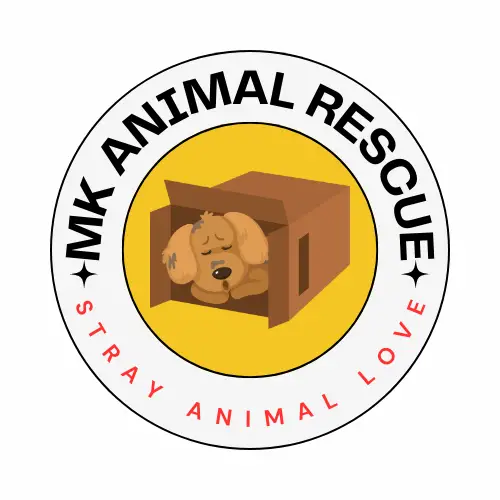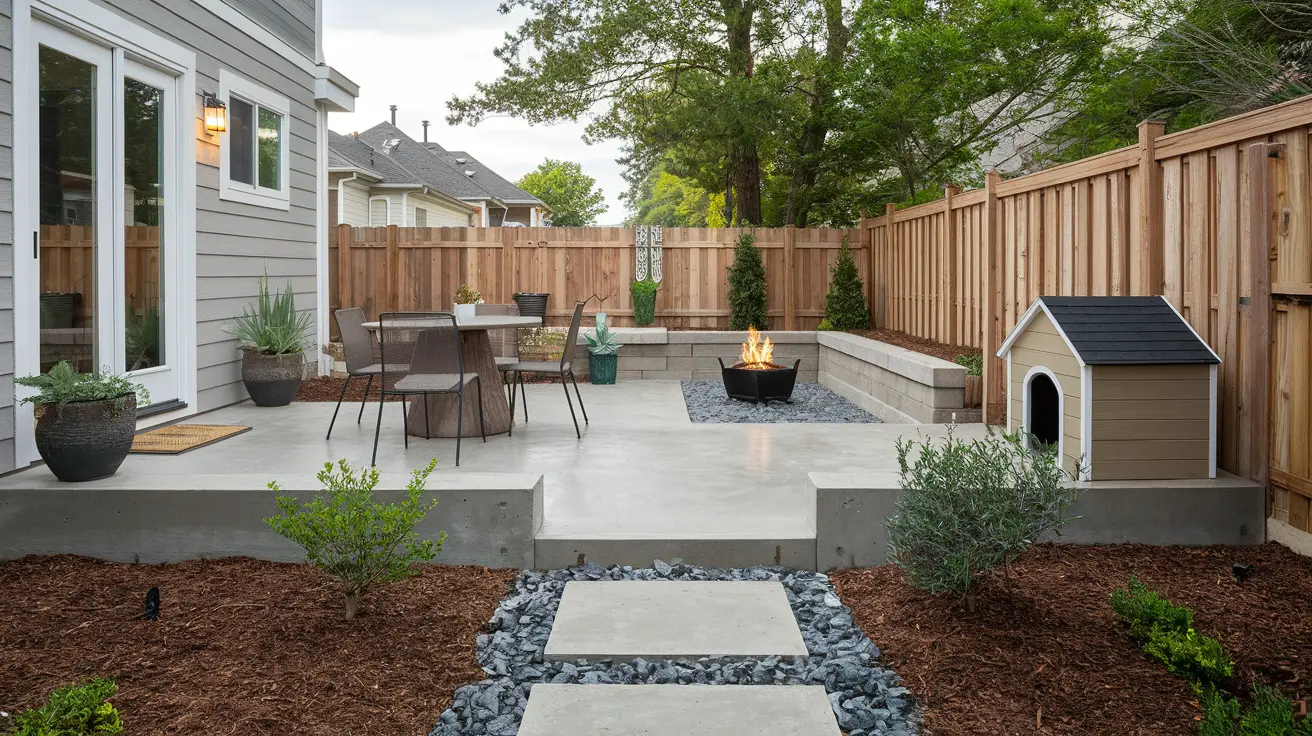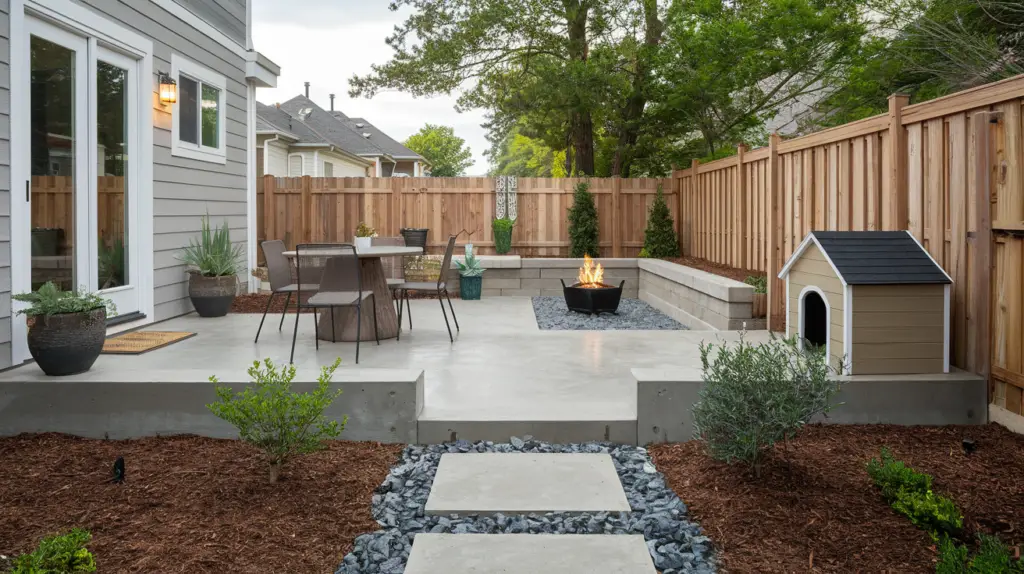
There’s a moment every dog owner has faced: you step into your yard—coffee in hand, shoes you thought were clean—and you land ankle-deep in mud, or worse, an unidentified “gift” from your four-legged bestie. I’ve been there, tiptoeing through chaos, wondering why I even bothered landscaping in the first place. And if you’ve ever sighed at the sight of your once-green lawn now dotted with paw prints and craters like a miniature moon landing… you’re not alone.
But here’s the thing—your backyard can be a space both you and your dog love, without turning into a daily clean-up mission. You don’t need a full-time gardener or a pet nanny. You just need smart, simple ideas that look good, feel relaxing, and are built to survive the zoomies.
Whether you’ve got a tiny front yard, a sunbaked side yard, or a sprawling backyard jungle, this list is packed with realistic, stylish ideas that keep things low-effort and high-reward. Think zeroscaping with charm, chic dog nooks, no-grass options, and practical play areas. Because honestly—your dog doesn’t care about your garden’s aesthetic. But you do. And it can work for both of you.
Zeroscaping with soul: can a bare yard still feel lush?
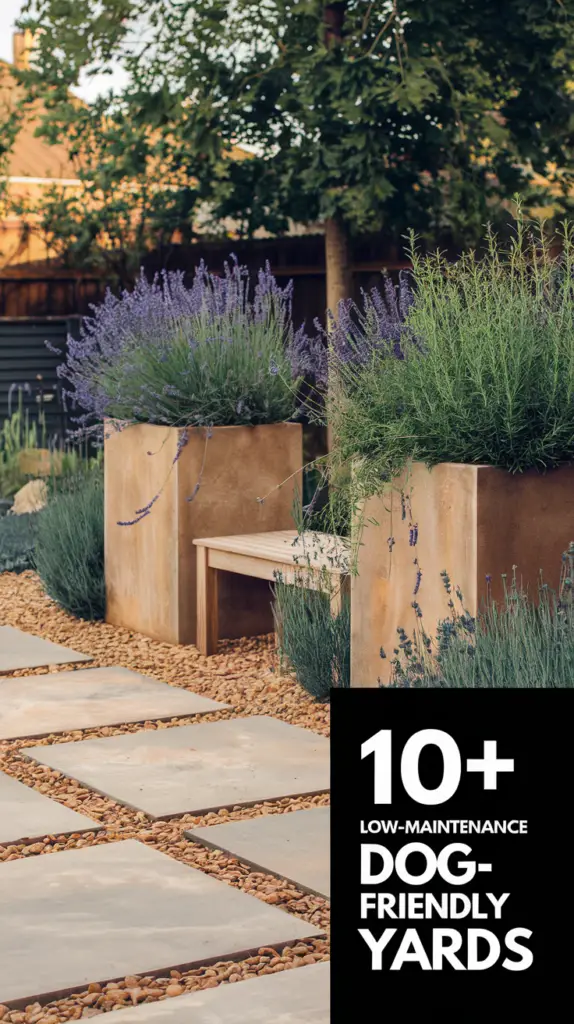
So many people hear “zeroscape” and instantly think of lifeless gravel yards that could double as a parking lot. But there’s a softer, more stylish way to do it—especially when you’re trying to keep things low-maintenance and dog-proof. The trick is finding that middle ground between too bare and too chaotic.
For a backyard that feels calming (and doesn’t attract mud like a magnet), try layering different textured stones like river rock, decomposed granite, or pea gravel. Add a few raised planters with hardy, drought-tolerant greenery—think lavender, rosemary, or ornamental grasses—and you’ve got something that’s both dog-friendly and kinda chic. Dogs usually don’t dig much in gravel, and it drains way better than soil, so muddy paw prints are basically canceled.
We added a big smooth stone slab near the corner as a little “sun-bathing” zone for our golden retriever—he thinks he owns the place now. If you want to go even easier on yourself, tuck in a few outdoor cushions or a low bench for humans too. Bonus: no mowing, ever.
Grass-free, mess-free: what if your dog yard had no lawn at all?
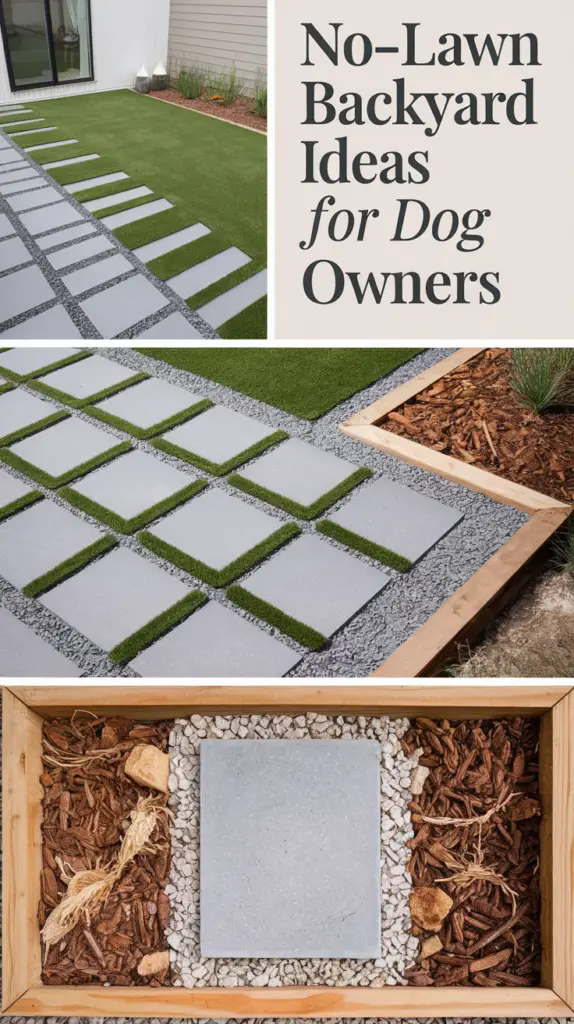
It sounds wild at first—no grass in a dog’s yard? But if you’ve had enough of reseeding patches and battling brown spots, you might actually love the switch. Replacing grass with artificial turf is one option, and not all turf is that fake plastic green stuff we grew up with. Some of the newer styles look and feel surprisingly nice. Plus, many are designed to drain quickly and resist odors, which is gold if your dog uses it as their main bathroom spot.
If fake grass isn’t your vibe, try a layered mix of pavers, mulch, and bark chips to build a more organic space that’s still totally mud-free. You can create little zones—a lounging corner, a walking path, a shaded nook—and keep it all tidy with a few simple edges or garden borders. No grass also means no fleas hiding in the lawn. Major plus.
One thing to watch out for: mulch made from cocoa shells or other toxic materials. Go for dog-safe varieties like cedar or pine, and keep the chips big enough that your pup won’t be tempted to snack on them.
Side yard rescue: how to make narrow spaces actually useful

Side yards can be the saddest, most ignored parts of a home. Ours used to be this weird corridor of weeds and broken stepping stones, until we decided to turn it into a proper dog run. And wow—it changed everything.
A narrow space is perfect for daily zoomies or quick potty trips, especially if you don’t want your whole backyard to be a dog zone. To make it work, focus on easy-clean surfaces like pavers or crushed gravel. Then add a slim fence or trellis to create separation without blocking the breeze or the view.
Some folks go with a long kennel-style setup, but I found that just giving our dog a little freedom to trot and sniff worked better. You can even run a line of solar lights along the fence for nighttime trips. Just don’t forget a small shady spot—whether it’s a simple awning or a leafy plant overhead, that little bit of shade makes a difference in the summer.
Build a dog nook they’ll actually use (and won’t ruin the vibe)
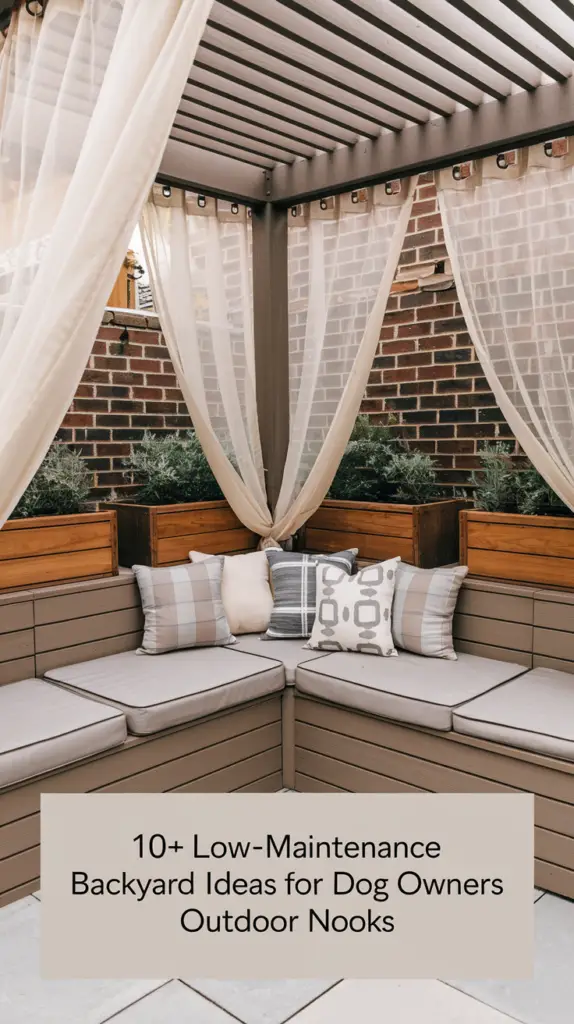
You know that corner of the yard you never quite know what to do with? That’s the perfect spot for a dog nook. I’m talking a cozy little space that’s clearly “theirs” but still blends in with the overall look. Think: neutral colors, maybe a small outdoor rug, a raised bed, and a storage box with their toys.
Some people go big with mini pergolas or a framed wooden crate setup—honestly, it depends how spoiled your dog is (no judgement). What matters most is making the nook functional. Add a water bowl that stays shaded, a comfy place to lay, and maybe a low plant wall for a bit of green without the chew risk.
You can DIY most of this with a few pallets or a secondhand bench. The key is to build it in a spot your dog naturally gravitates toward—otherwise it’ll just sit unused while they roll in the flower beds instead.
Smarter dog fences: do they really need to be ugly?
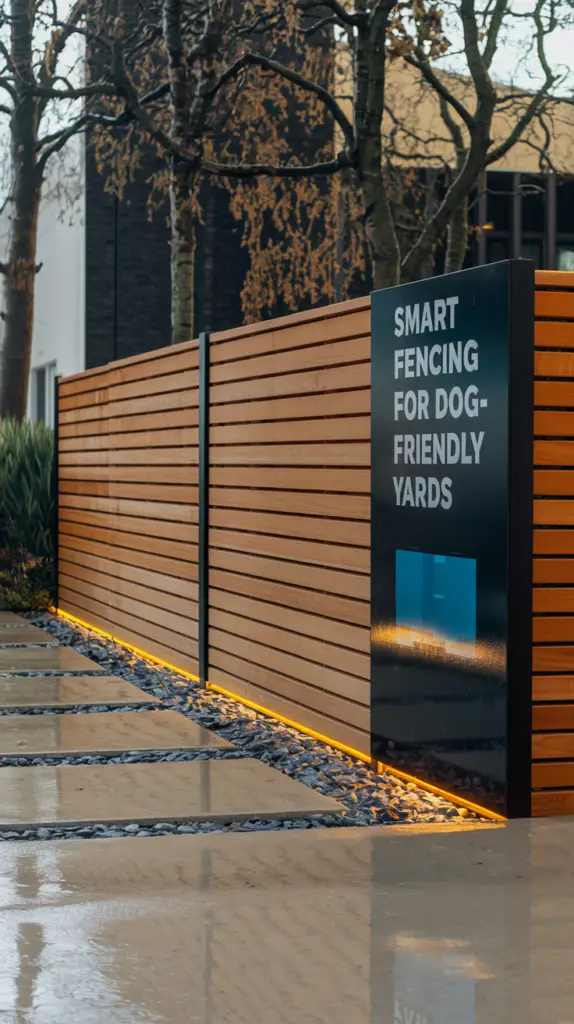
Traditional chain-link fences aren’t doing your yard any favours, and most wooden ones don’t survive years of scratching, chewing, and the occasional full-body lean from a 70-pound dog. But don’t worry—there’s a middle ground.
I went for a low-profile, black metal fence with vertical slats. It blends in with the plants, keeps the dog in without feeling like a prison yard, and doesn’t need constant maintenance. Another option? Use natural wood in wide horizontal panels for a more modern look. Just be sure to space it right—dogs are sneaky when they want to be.
If you’re going the DIY route, make sure the fence is tall enough (minimum 4 feet for most breeds), and think about digging it in slightly below ground level to stop digging escapes. Oh, and don’t forget a good latch. I’ve had one too many heart-stopping moments chasing our dog down the street because someone didn’t lock the gate properly.
A dedicated dog poop zone that won’t wreck your yard
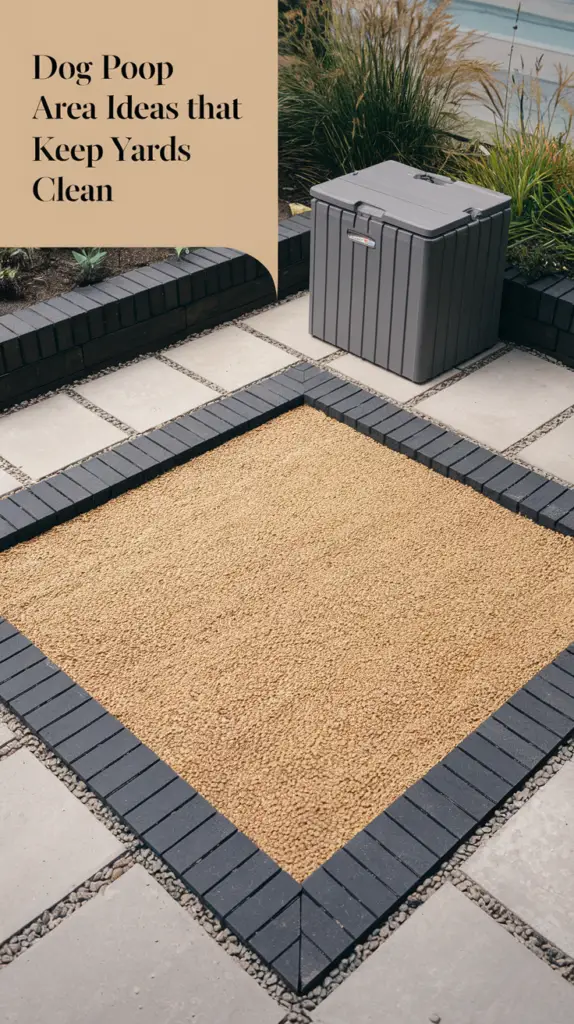
Let’s talk about it. No one wants to, but here we are. Because the truth is, random potty breaks all over your yard is chaos—on your grass, your shoes, your sense of peace. Setting up a small, designated dog poop area has been a total sanity saver in our house. It doesn’t have to be anything fancy, but it does need to be thoughtfully planned, or it ends up being just another muddy patch.
Start with location—choose somewhere discreet but easy to access, preferably with a clear path so you’re not trudging through the whole yard with a poop bag. Gravel works well here because it drains, and it doesn’t hold smells the way soil does. Add some edging (bricks, low fencing, or pavers) to define the space, and train your dog to use it with treats and consistency. It might take a few weeks, but trust me, it’s worth it.
We added a small covered bin with a lid to store bags and scooper tools. I’ve even seen people add a mini sign—yes, a “doggy bathroom” sign. If you’ve got kids, they’ll find that hilarious. And if you’ve got guests, they’ll just be relieved the rest of the yard is poop-free.
The all-season play area: can your yard handle the weather?
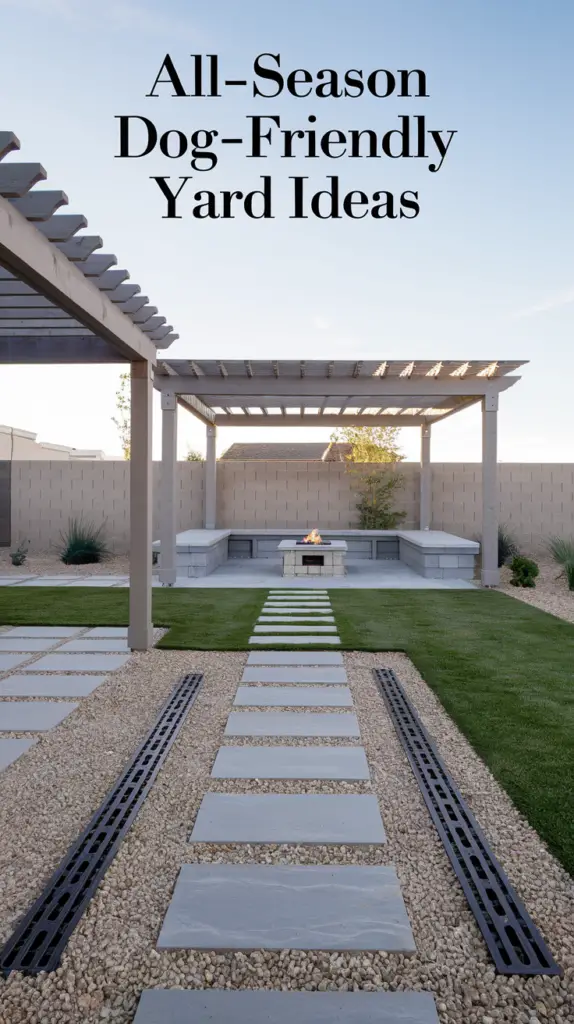
Dogs don’t take rain checks. Whether it’s hot, freezing, pouring, or just miserably damp, they want to be outside—and your yard needs to be ready. A good low-maintenance dog-friendly backyard will have built-in ways to keep things comfy (and clean-ish) all year round.
For starters, shade. Trees are great if you’ve got them, but if not, consider a fabric sail shade, pergola, or even a big outdoor umbrella over their favorite lounging spot. In winter or colder climates, a simple windbreak made from a slatted wood panel or tall planter wall can make a big difference. Some people even tuck a waterproof dog bed into a corner of a covered patio to create a semi-outdoor den.
Drainage matters too. If your backyard turns into a swamp every time it rains, look into French drains, dry creek beds, or even a patch of synthetic turf just for the muddy months. Think of it like a rotation wardrobe for your yard. You’re not redoing the whole thing every season—you’re just giving it a little flexibility.
Small yard? Simple dog playground ideas that work in tight spaces
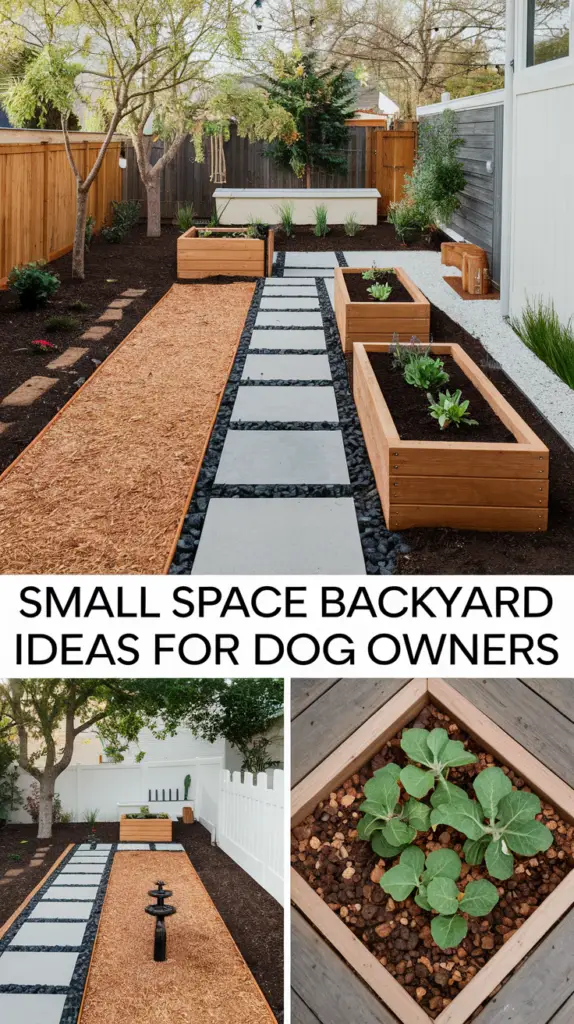
You don’t need a big backyard to make a fun, functional space for your dog. Actually, some of the most thoughtful dog yards I’ve seen are small ones. When every inch counts, it’s all about zoning and vertical space.
Create a mini agility path using just three things: a few stepping stones or platforms (great for climbing and sitting), a low tunnel or arch, and a little zig-zag path of poles or plants to weave through. Dogs don’t need a professional agility course—they just want to explore and move. We used a couple of old wooden crates and a hollow log, and it’s basically Disneyland for our dog.
Another good trick is using walls or fences. Attach a few hanging toys or a dog-safe climbing ramp if you’ve got a younger pup with energy to burn. Just make sure there’s enough room to move freely and that everything’s super secure.
Even a small corner with texture—like bark chips, smooth stones, and a patch of artificial turf—gives your dog sensory variety and keeps things engaging without adding extra work for you.
Outdoor kennels that are actually comfortable (and cute)

Outdoor dog kennels get a bad rep, but that’s usually because people picture those sad little cages in concrete yards. A well-designed kennel setup can actually be a relaxing, secure hangout for your dog—especially if you need to leave them outside while you run errands or do yard work.
Start with size and airflow. Make sure the kennel is big enough for your dog to stand, stretch, turn around, and lay down with room to spare. Then focus on comfort: add a raised bed, a waterproof roof, and maybe even a little rug or cooling mat depending on the season.
If you’re placing it in a sunny area, make sure there’s shade, or go with one that has a built-in overhang. If you’ve got the space and the DIY energy, you can even build a mini “dog house” attached to a small run with fencing and a roof—sort of like a backyard studio apartment for dogs.
To keep it looking good? Stick with neutral colors or wood finishes, and surround it with planters or shrubs. That way it blends into your landscape instead of screaming “utility cage.”
Simple landscaping ideas that don’t get destroyed
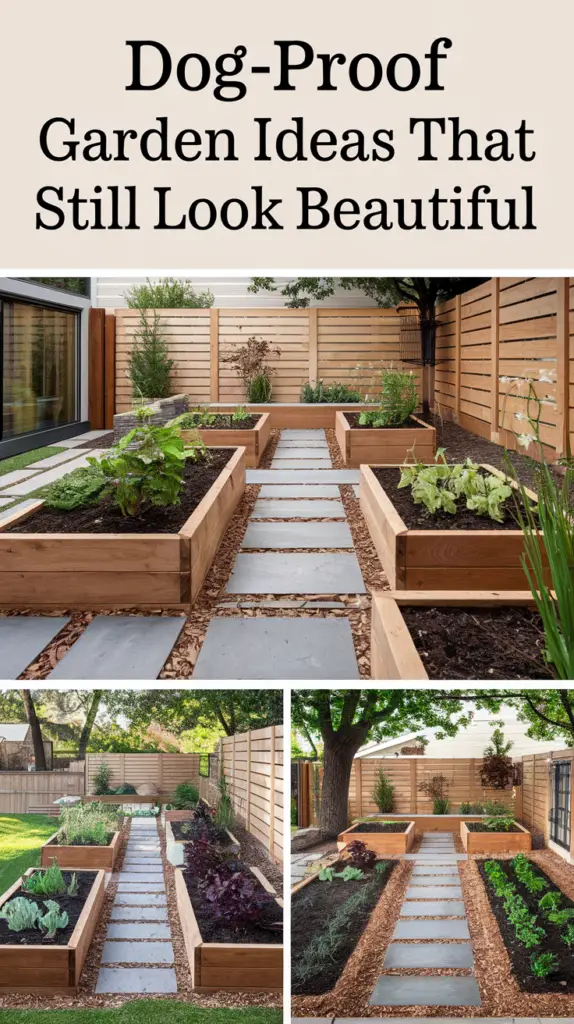
You love your plants. Your dog loves destroying your plants. It’s a classic tension. But there are landscaping designs that can survive curious noses and the occasional excited jump or roll.
First tip: raised beds and containers are your best friends. They keep delicate plants out of reach, help define spaces, and can double as natural barriers. I’ve got rosemary, lavender, and a few succulents in big terra cotta pots, and even the most enthusiastic tail wags can’t knock them over.
Stick to tough, non-toxic plants—sedum, marigolds, daylilies, and ferns all hold up well in dog zones. And avoid anything with berries, spines, or delicate stems. Mulch your beds with stone or bark chips instead of compost (dogs love to dig in soft dirt), and use edging to give your dog a visual cue that this part is not for frolicking.
Design-wise, go with flowy paths and small gathering spots. Your dog will naturally follow these routes, which helps keep them out of the plant zones. It’s not about fencing off your entire garden—it’s about guiding them gently, and giving them better spots to hang out.
Raised beds and borders: keeping plants safe from paws
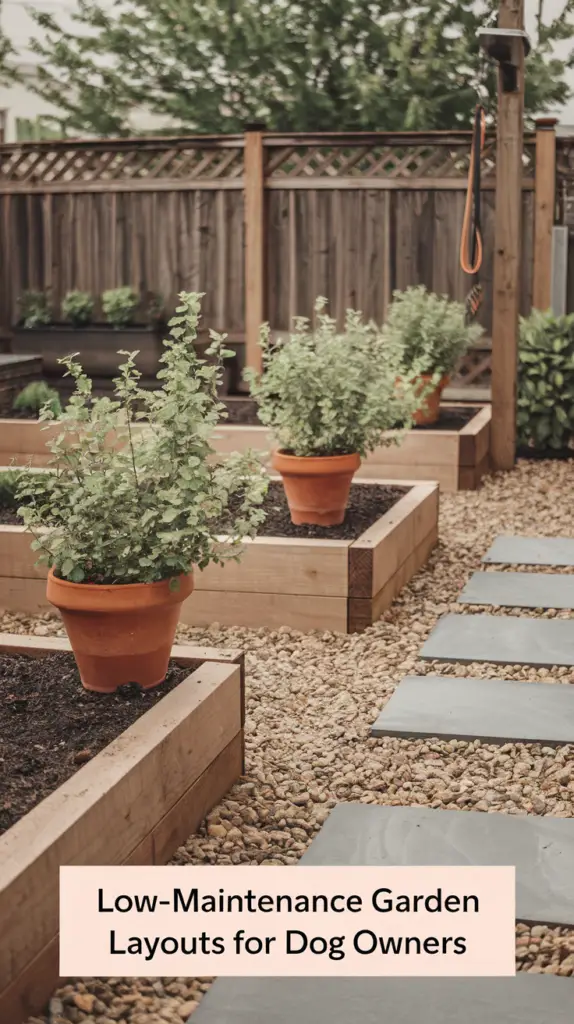
You love your garden, but so does your dog—sometimes a little too much. Raised garden beds can be a gentle barrier that keeps paws and plants happily apart. Whether it’s flowers, herbs, or a veggie patch, lifting your plants just a foot or two off the ground helps them survive curious noses, flying dirt, and the occasional mid-zoomie detour.
Raised beds can also define your yard layout visually. Use simple materials like reclaimed wood, stone, or rusted metal for a rustic-modern vibe. Add wide borders with gravel or bark mulch for easy weeding and to discourage digging. Bonus: raised beds are easier on your back too.
For smaller yards, even one L-shaped raised bed in the corner can create structure and charm—without inviting chaos. Just make sure anything edible is non-toxic to dogs, especially if your pup likes to “sample.”
Stepping stones and pathways that guide the chaos
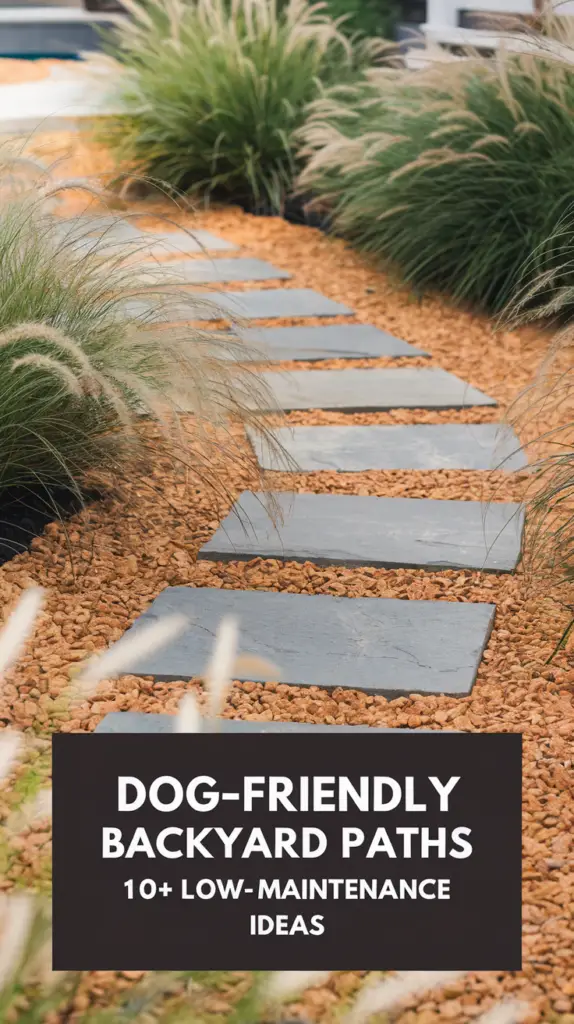
Dogs love a good route. Ever notice how they take the same path to their favorite sunspot or digging zone? Use that natural habit to your advantage by installing defined paths through your yard.
Stepping stones set into gravel, bark, or mulch not only look nice—they also help reduce wear and tear in grass and muddy patches. They subtly guide foot (and paw) traffic while making your space feel more intentional. Choose large, smooth stones or poured concrete for comfort and safety, and make sure there’s room between them for dogs to walk comfortably.
Add solar lights or low edging to create a sense of flow—think less “obstacle course,” more gentle garden walk. It doesn’t need to be fancy to work. Even a simple S-curve path across the lawn can shift the energy of the space—and your dog will probably thank you for it with fewer muddy surprises.
Privacy zones for naps, watching, or just chilling
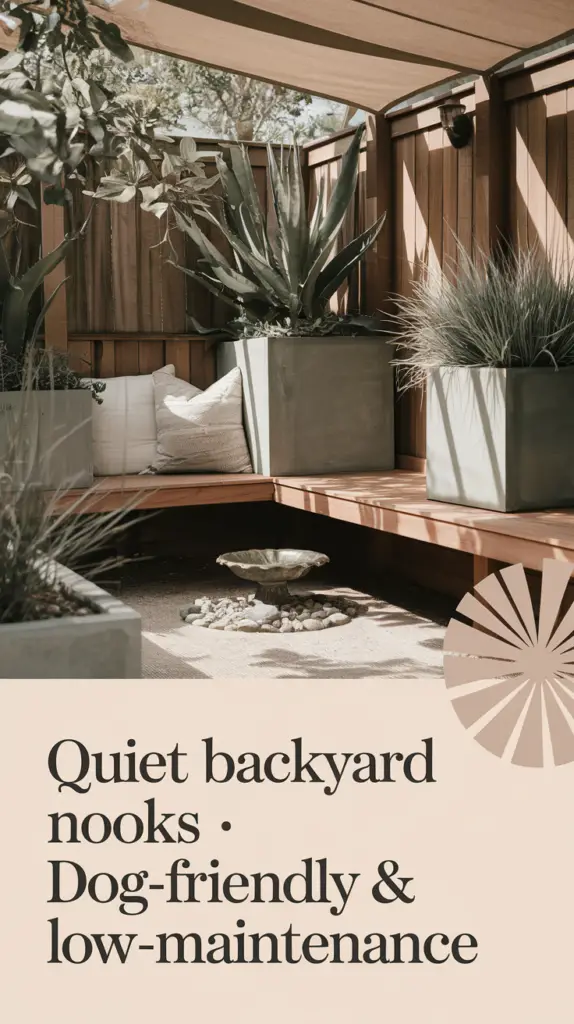
Not every dog wants to be in the middle of the action all the time. Some enjoy a quiet nook where they can nap, watch birds, or ignore you for 20 minutes. Building a little privacy into your yard—just for them—adds comfort and reduces the wear on more social zones.
This doesn’t mean fencing off a whole section. Sometimes it’s just about tucking a shady bench behind a hedge, or creating a mini hideout behind tall planters. Add soft surfaces like outdoor rugs or a raised platform with a cushion if your dog likes to lounge.
It’s also great for households with more than one pet or noisy neighbors. Giving your dog a choice of where to relax helps them feel more calm and less destructive—especially if your usual yard setup feels a little overstimulating.
Hardscape areas that feel cozy, not cold
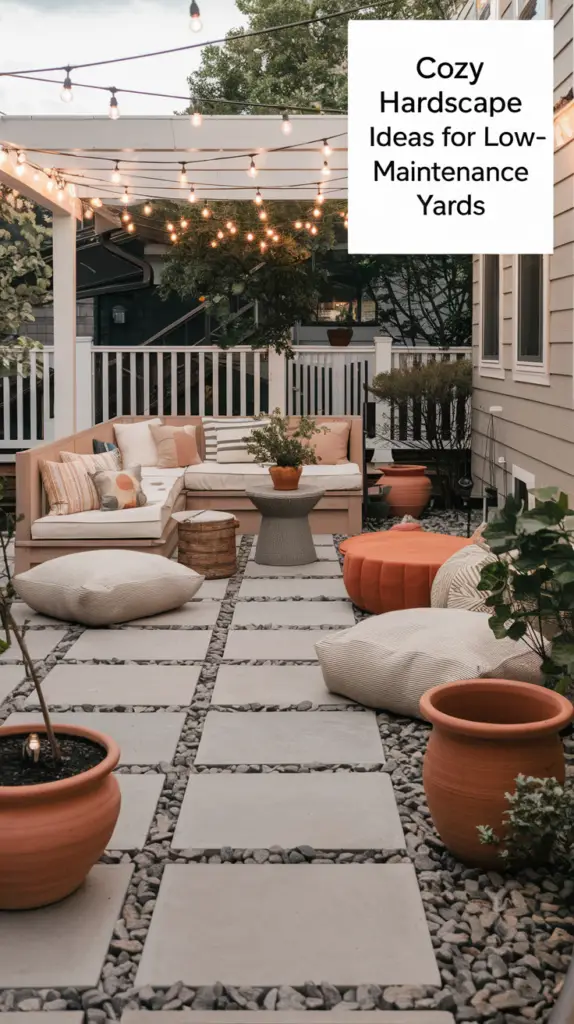
Stone, tile, and concrete might not seem like the warmest materials, but they’re secretly perfect for dog-friendly landscaping. They don’t collect mud, they’re easy to clean, and they create a strong base for seating, play, or lounging zones.
The trick is softening the look. Add potted plants, drape a string of lights, or use patterned tiles with warm tones to make hardscape areas feel inviting instead of industrial. Textures matter here—natural stone or brushed finishes feel more approachable than polished or slick surfaces.
If you’re planning a patio or just redoing one corner, consider how your dog uses the space too. Smooth edges, enough shade, and a water bowl nearby turn a basic hardscape into a happy hangout zone. And if your dog’s favorite move is flopping belly-down on cool concrete, they’ll love you for it.
Built-in storage for toys, tools, and cleanup gear
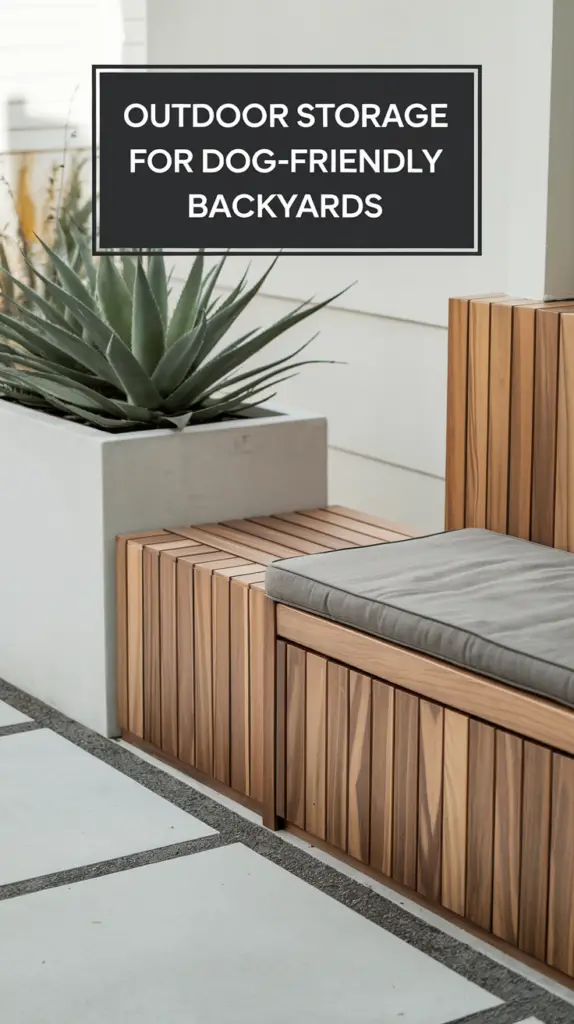
Nothing ruins a lovely yard vibe like scattered dog toys, poop bags blowing in the wind, or a chewed-up frisbee hiding under the bench. Built-in or discreet storage solves the clutter without needing a shed makeover.
Think small here: a weatherproof bench with lift-up seating, a deck box tucked in the corner, or even a few labeled bins in a tall planter cabinet. Keep it near your dog’s main play or potty zone, and you’ll be less likely to forget cleanup or step on something questionable barefoot.
You can even add a small hook or basket near your door for leashes, wipes, or a quick towel for muddy paws. It’s not about being fancy—it’s about saving future-you from the daily scramble. When everything has a place, even the messiest yard feels a little more under control.
Here are Pinterest titles, descriptions, and image prompts for the five new H2 sections, crafted to be attention-grabbing, natural, emotionally engaging, and spam-filter safe—while still using relevant keywords from your main article:
Final thoughts
Having a backyard that works for both you and your dog isn’t about perfection—it’s about peace. Less mess, less maintenance, and way less frustration when you glance outside and don’t immediately groan at the state of things. Whether you’ve got a side yard turned dog run, a no-grass play zone, or a tiny nook that somehow keeps your pup happy and your sanity intact, the goal is the same: make outdoor time easy, enjoyable, and maybe even a little beautiful.
These ideas aren’t about fancy landscaping degrees or massive budgets. They’re just small shifts that can make a big difference—things I wish I’d known years ago before replanting the same trampled grass patch for the sixth time. A bit of gravel here, a smart fence there, and suddenly your yard feels like it’s working with you, not against you.
And if your dog still finds that one patch to dig in, or tracks in dirt after a glorious roll in the mulch—well, that’s life. At least now you’ll have the tools to make cleanup easier, and maybe even a little corner to sit, sip your coffee, and watch them do their thing, chaos and all.
